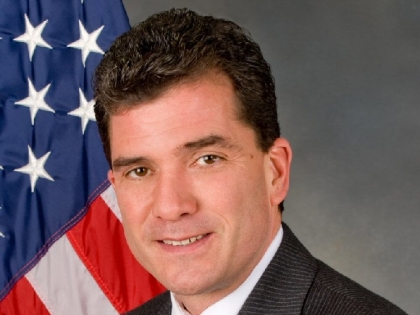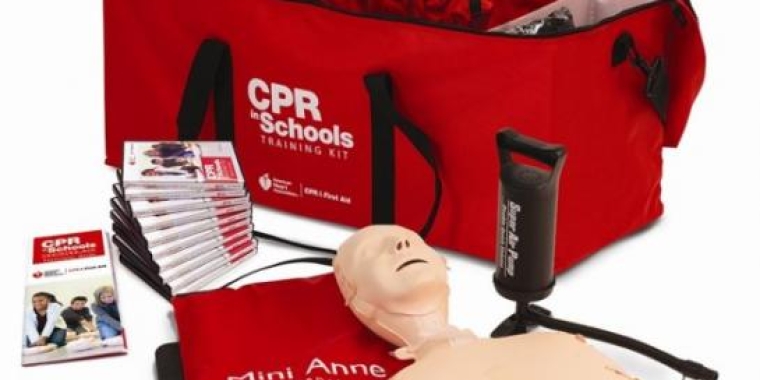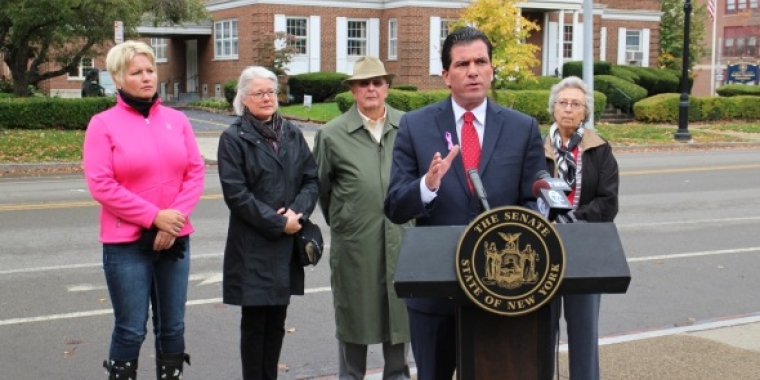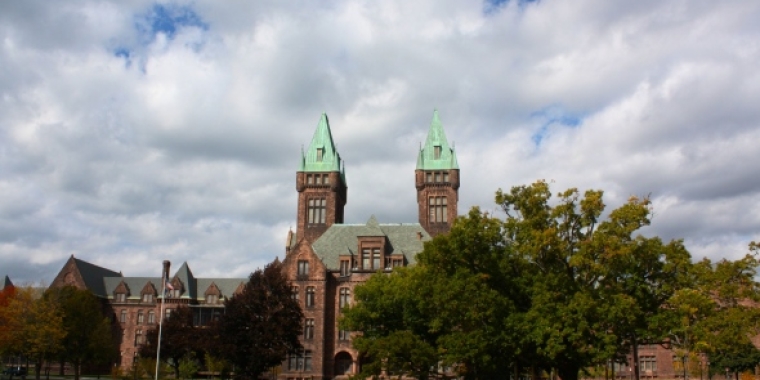
BUFFALO NEWS: WNY wins on state development
Ninety-six projects in Western New York will get state government cash or tax breaks after the region was selected Thursday, along with three other areas, in a new competitive program for economic development.
Officials picked through hundreds of funding applications and approved $100.3 million for the state's five westernmost counties for projects stretching from the Buffalo Niagara Medical Campus, which is getting nearly 10 percent of the money destined for the area, to a high-temperature lab at Alfred University.
Liberty Affordable Housing, which runs the Maryner Towers apartment complex on Buffalo's Lower West Side, fared best in the region in its request for Excelsior tax credits. It will get $15.5 million in aid to rehabilitate 206 units in its four eight-story buildings.
In a choreographed awards ceremony -- including films, logos, speeches and a CNBC host -- at a state theater near the Capitol in Albany, business, government and community leaders from across the state came to hear if their region would be one of four chosen to share $160 million in cash and tax breaks for projects back home.
Although Western New York and three others were picked for the "best plan" awards, all regions went home with some cash.
At $103.7 million, the Central New York council will receive the most in cash and tax credits, followed by the North Country at $103.2 million and Long Island at $101.6 million. Western New York placed fourth in funding. The other six regions not selected still were given a total of $374.3 million, or an average of more than $62 million.
In all, 720 projects statewide were funded, totaling $785.5 million. The money came from two separate pots: a $200 million competitive bid process and the remainder from nine different agencies for everything, in the case of Western New York, from energy conservation work to home repairs for elderly residents to even hospital training of lactation specialists. The region will get $60 million of the agency funding.
The funding was approved in this year's state budget and was meant as a new, regional-based approach to job creation by taking input from local stakeholders. "There is no single New York State economy," Gov. Andrew M. Cuomo told the groups Thursday.
"We couldn't be happier," said Buffalo developer Howard A. Zemsky, co-chairman -- with University at Buffalo President Satish K. Tripathi -- of the Western New York Regional Development Council, which is made up of various interests from the local counties with the responsibility of devising a job-creation plan that was heavy on better tying corporate and university interests to help train a future work force.
Zemsky said the process brought together "a lot of people who hadn't been sitting around the table" to present a cohesive plan for the region.
"We got the whole Western New York region working together," Tripathi said.
Cuomo agreed. "There's more energy coming out of that council than I have seen in years, more unanimity in that council," he said in an interview. "You know, Western New York, they have been at odds for years. You couldn't get people working together."
Officials with the local group said the competitive process was a benefit. "It was really good for us to think about what's good in Western New York and try to present that in the best form that we can. So the competitive process got us all excited and all competitive so we can win the award," Tripathi said.
Assembly Speaker Sheldon Silver, D-Manhattan, said the new program is meant to replace a top-down approach to the state's economic-development efforts that "no longer makes sense."
Cuomo said he, Silver and Senate Majority Leader Dean G. Skelos, R-Rockville Centre, agreed during a backstage chat before the event -- in a slight location change for Albany's usual "three men in a room" -- to fund the program again next year. Silver said that would make it possible for regions that did not win the top awards Thursday to be "winners of the future."
In local funding, the Buffalo Niagara Medical Campus emerged as one of the big winners in the competition, corralling nearly $10 million -- almost 10 percent of Western New York's allocation.
Recipients of funding include:
* The Roswell Park Cancer Institute genome project, which was awarded $5.1 million for its plan to study individual genetic sequences in an effort to develop a more robust approach to personalized medicine. It had sought $8 million in funding for the $18 million project.
In addition, the Jacobs Institute's Center for Innovation in Medicine was awarded $4 million -- slightly more than a third of the $11 million that it requested -- for its $60 million project to build a medical device prototyping center on the Medical Campus.
Also, the Hauptman-Woodward Crystallization Laboratory's $2.6 million expansion was given $500,000.
* Alfred University, which got $2.8 million to buy equipment and renovate its High-Temperature Materials Characterization Laboratory. The university had sought $6.5 million for the $16.2 million project.
* Streetscape and infrastructure projects for Buffalo and Olean, which were awarded $6 million. Council officials consider these part of a "smart growth" strategy that would reduce sprawl by making improvements in central business districts.
* A project to return vehicular traffic to Main Street in downtown Buffalo, as well as making streetscape improvements and enhancing transportation options between the Genesee Gateway, Main Street and the Medical Campus, which received $4 million. The council had sought $8 million for the $23.4 million project.
* Conversion of the former Rainbow Centre mall in Niagara Falls into a Niagara County Community College facility to train students in the culinary, hospitality and leisure field, which was granted $2 million toward the $2.5 million project.
* Buffalo Niagara International Airport, which was approved for $6.8 million to expand parking by 1,000 spaces, and Niagara Falls International Airport, which will get $970,000 for completion of its master plan.
* A worker training initiative that would build an Urban Automotive Center of Excellence in the Fruit Belt to train students in automotive repair, which will get all of the $2 million that it requested. The $10 million center is a partnership among Erie Community College, General Motors and the Niagara Frontier Auto Dealers Association.
* The John R. Oishei Foundation, which will receive $800,000 to help the Buffalo Arts and Technology Center expand training and education programs for workers in the health care industry and also provide after-school arts and technology programs for at-risk teenagers. The center had sought $1 million in funding for the $5.6 million project.
Shut out of the funding was the Niagara Experience Center, the long-discussed museum and visitors center in Niagara Falls that had sought $5 million.
Among private-sector initiatives that were seeking Excelsior tax credits:
* Calspan Corp. was granted $1.3 million in tax credits for a $44 million project to build a new facility at its Cheektowaga plant that would test automotive collision-avoidance features. The award was just a fraction of the $12 million in aid that it sought.
* Ascion, a manufacturer of adjustable beds, received $500,000 in tax credits for its $7 million project to construct a new building at its Silver Creek complex.
* American Heritage Homes was granted $2.5 million in low-cost financing to help the modular home manufacturer build a new factory in the Lakeside Commerce Park in Buffalo.
The Western New York council submitted to the state a wish list of 20 projects with a total price tag of $74 million -- nearly double the $40 million available to the winning bidders in the $200 million program.
CNBC's Maria Bartiromo announced the grants.
The state has tried many approaches to economic development over the years, leading to claims of geographic favoritism by communities cut out of funding.
http://www.buffalonews.com/city/capital-connection/albany/article664938.ece


